How Does Google Flights Scraping Reveal Real-Time Domestic Fare Drop Patterns?
July 07
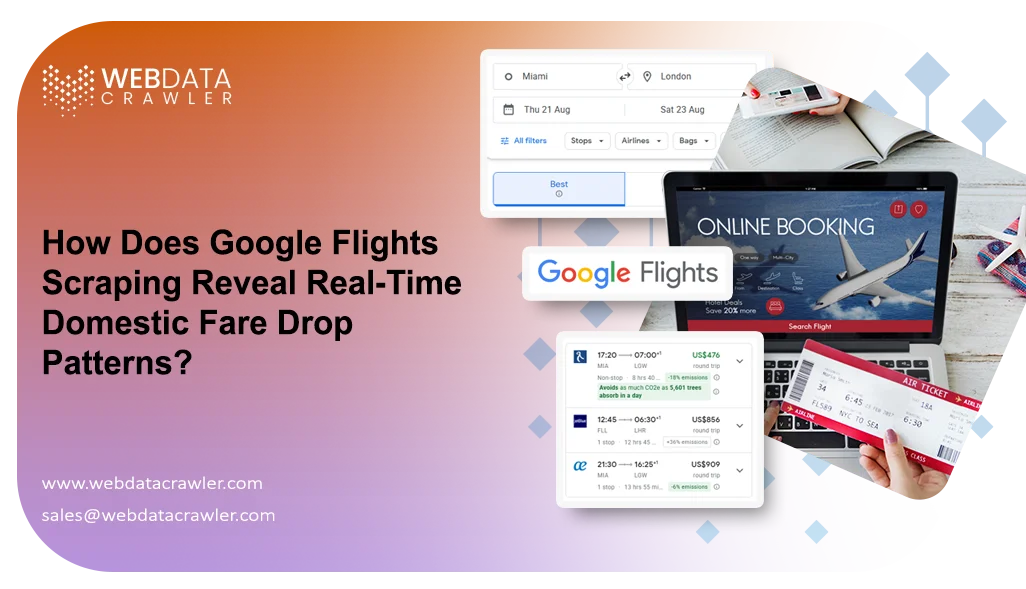
Introduction
In today’s fast-moving airfare landscape, domestic flight prices can shift dramatically within just a few hours. A ticket price seen in the morning may look entirely different by night. For travel agencies, data analysts, frequent flyers, and fare platforms, the need to Scrape Flight Fare Changes has become essential for capturing accurate, real-time insights that support more informed and agile decision-making.
This is where Google Flights Scraping proves to be a game-changer. It empowers users to track and interpret real-time fare variations and fare drop patterns with greater flexibility, especially when conventional APIs fall short on accessibility or responsiveness.
This blog explores how advanced scraping methods uncover meaningful airfare fluctuations and why timely intelligence on domestic pricing trends is more important than ever.
The Importance of Real-Time Fare Drop Tracking
Tracking real-time fare drops goes far beyond just finding lower prices—it plays a vital role in driving strategic decision-making, understanding market shifts, and staying ahead in a highly dynamic travel industry.
Here's why real-time monitoring of domestic airfare trends is now essential:
- Unpredictable Price Shifts: Domestic airfare can change dramatically—up to 40% within a single day—due to fluctuating demand, airline yield management tactics, and seasonal travel patterns.
- Sharper Competitive Edge: Travel platforms that deliver immediate price intelligence win user trust and drive engagement by offering the most relevant deals when it matters most.
- Behavioral & Timing Patterns: By decoding when travelers are more likely to book and what influences their decisions, businesses can tailor campaigns and offerings with higher precision.
- Smarter Budget Management: For corporate travel teams and agencies, identifying the right booking window means reducing overhead across high-volume itineraries.
By using innovative systems designed to Scrape Google Flights Data, businesses can uncover pricing micro-trends that traditional monitoring tools miss, giving them a true edge in today’s fast-moving travel market.
The Mechanics: How Google Flights Scraping Works?
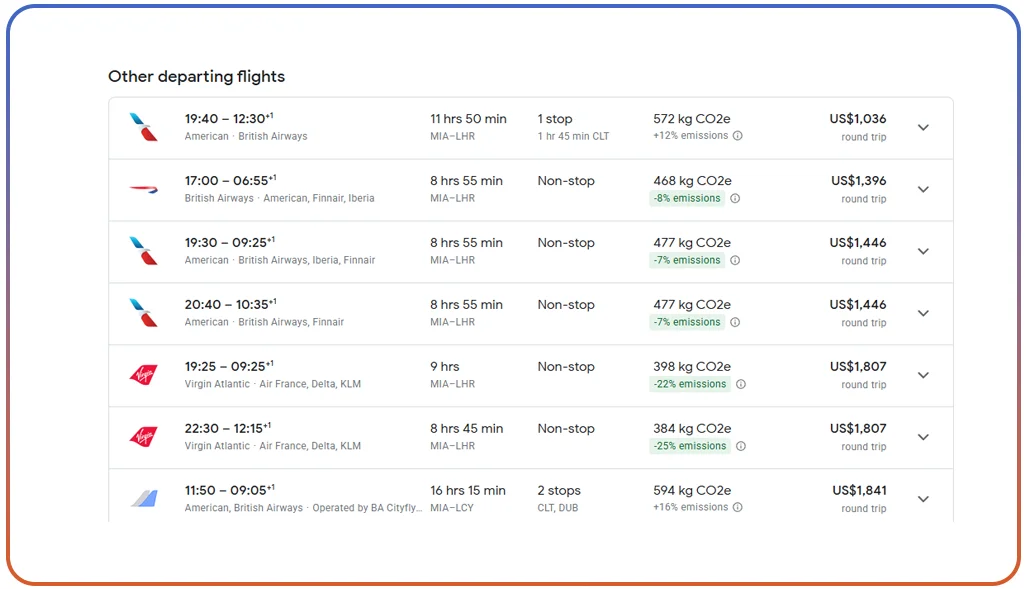
Instead of relying on airline APIs—which often come with data restrictions and limited historical insights—Google Flights Scraping enables direct extraction of publicly available information straight from the search results pages.
The typical process looks like this:
- Automated Crawlers simulate user behavior to access and navigate flight search interfaces seamlessly.
- These crawlers extract key flight attributes such as origin, destination, airline, departure time, and current price in a structured format.
- Once captured, advanced parsing tools clean and normalize the data to ensure consistency across different time intervals.
- This structured data is then fed into a Domestic Flight Price Tracker to monitor fluctuations and identify real-time or gradual price drops.
This end-to-end process allows businesses to Track Domestic Flight Fares in a continuous, reliable, and highly customizable manner, giving them actionable insights that go far beyond what conventional APIs offer.
Decoding Trends from Scraped Data Insights
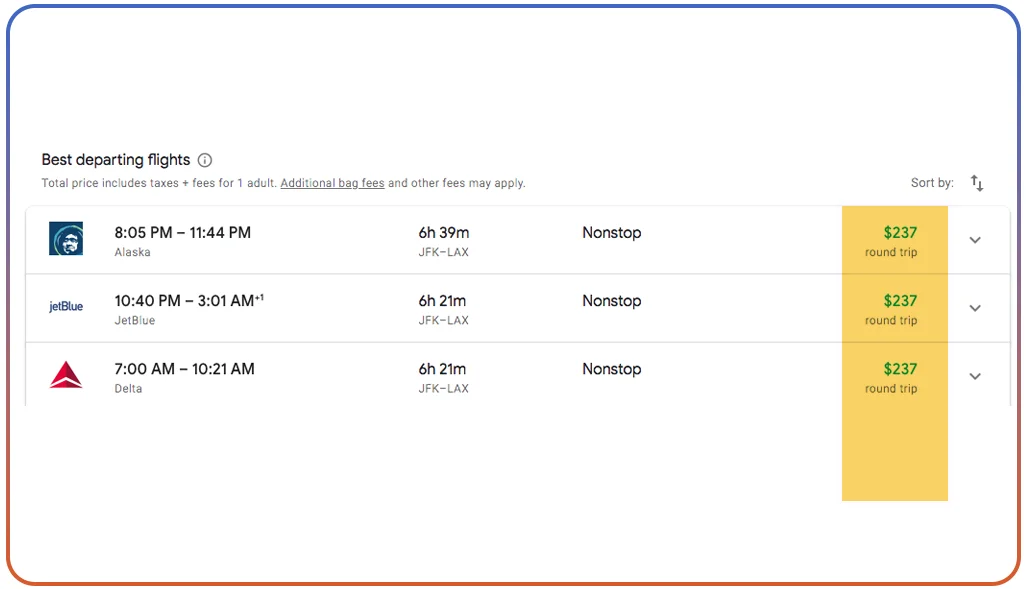
Consistently extract data points from flight listings, and you’ll start to notice insightful patterns that shape real-time fare analysis:
- Hourly Drop Patterns: On many domestic routes, specific hours—often early morning or late night—see noticeable price reductions, helping identify optimal booking windows.
- Weekday vs Weekend Trends: Midweek departures tend to offer lower fares compared to weekends, especially across major domestic sectors, revealing demand-driven fluctuations.
- Seasonal Fare Volatility: While prices surge during holidays and festivals, there are strategic windows right before and after these peak times that offer significant savings.
- Airline-Specific Behavior: Some airlines are known for last-minute discounts, while others consistently reward early planners with lower fares.
By feeding this information into Flight Pricing Intelligence platforms, businesses and travelers alike can make smarter decisions, whether through automated alert systems or real-time fare drop notifications.
Overcoming the Limitations of Google Flights API: A Smarter Approach
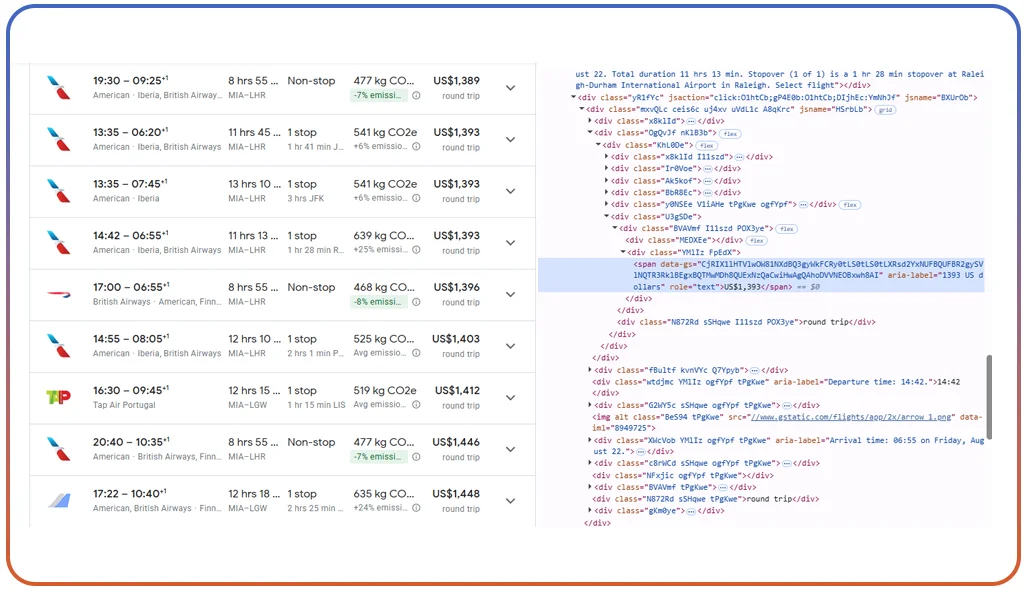
Although Google offers APIs for many of its services, flight pricing data remains notably absent from public API access. This creates a significant challenge for businesses that rely on accurate, real-time airfare data for competitive analysis, dynamic pricing, or travel insights.
The most effective workaround comes in the form of a Google Flights API Alternative -custom data scraping solutions that mimic API behavior and provide comprehensive flight pricing data.
Why this shift is critical:
- Traditional APIs may lack real-time fare visibility and miss rapid price fluctuations.
- Scraping enables complete control over route combinations, travel dates, and market-specific queries.
- Businesses gain access to wider datasets unrestricted by typical API limitations.
For any company that depends on timely and route-specific fare data, these scraping-based alternatives offer the precision and flexibility needed to support more thoughtful decision-making.
Use Cases: Who Benefits From This Data?
Understanding real-time airfare dynamics through scraping has become crucial across various sectors. Here's how different industries benefit from domestic airfare tracking using scraping techniques:
Online Travel Agencies (OTAs)
.webp)
OTAs can implement Airfare Drop Alerts Scraping to notify users of real-time fare reductions instantly. This not only helps users grab deals faster but also enables OTAs to beat competitors by showcasing the most recent lowest fares, driving user loyalty and engagement.
Corporate Travel Management

Travel managers can align corporate bookings with pricing trends to reduce budgets, making data-driven decisions on when and where to book. Integrated Real-Time Airfare Monitoring dashboards further help in visualizing price shifts, enabling better forecasting and tighter travel control.
Price Comparison Platforms

These platforms benefit immensely as they can gain visibility into sudden fare drops before others, enhancing the accuracy and relevance of their offerings. Live Flight Ticket Price Tracking directly influences better conversion rates and increased user satisfaction through timely recommendations.
Market Analysts

For analysts, access to historical and current pricing data enables them to create predictive models using historical fare trend data. They can also assess route competitiveness and pricing aggression by carriers, helping stakeholders understand market shifts and strategic pricing decisions.
Monitoring Strategy: Best Practices for Fare Drop Tracking
Whether you're developing a custom system or integrating with a data scraper, implementing an intelligent monitoring strategy is essential. Here are proven practices to ensure effective tracking:
- Schedule Regular Data Collection: Set scraping intervals that reflect market volatility—such as hourly or daily—to ensure no sudden fare drops go unnoticed.
- Track Specific Routes Over Time: Maintain historical records for selected domestic routes to observe seasonal trends and daily patterns in fare changes.
- Monitor Airlines Separately: Recognize that each airline responds differently to demand fluctuations. Isolate and analyze airline-specific pricing behaviors for more profound insight.
- Combine Multiple Data Points: Don’t just rely on price—factor in seat availability, number of layovers, and class of service to assess overall fare value.
- Apply AI for Forecasting: Use machine learning models that evolve with time to predict future pricing dips based on past behavior and trend signals.
Adopting these methods helps you Track Domestic Flight Fares with greater accuracy and build a system that responds smartly to real-time changes.
Key Trends Identified Through Scraping
Web scraping continues to uncover valuable insights that are shaping pricing strategies and traveler engagement approaches across the aviation industry. Below are some impactful patterns revealed through ongoing data analysis:
- Last-Minute Deals Rise on Wednesdays: Scraping has shown that select airlines tend to reduce fares mid-week, particularly for travelers eyeing weekend getaways.
- Short-Haul Flights Show More Volatility: On busy routes between major cities, scraping has exposed significant fare swings within just 24 hours, signaling a highly fluid pricing environment.
- Budget Airlines Are More Dynamic: With carriers like IndiGo and SpiceJet, scraping reveals frequent hourly fare changes, making them prime targets for Real-Time Airfare Monitoring.
These trends not only shape better strategic decisions but also elevate how businesses engage with today’s price-conscious travelers.
Ethical and Legal Considerations
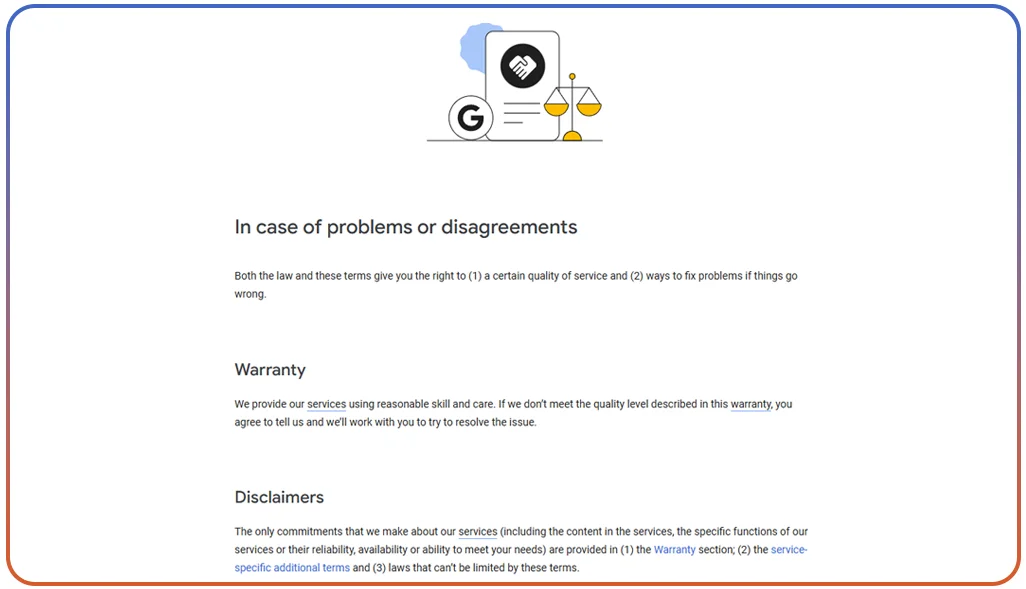
Responsible web scraping goes beyond just technical execution—it demands a strong commitment to ethical and legal boundaries. We prioritize the following practices to ensure every project aligns with industry standards:
- Respect for the terms of use of source platforms to avoid any breach of agreement or misuse of publicly available data.
- Throttled access to avoid server overloads, ensuring that our operations do not disrupt or damage target systems.
- Masking personal data collection to comply with privacy laws, maintaining user anonymity, and upholding data protection standards.
- Clearly labeled scraped data for transparency, so clients understand the source and nature of the extracted content.
Adhering to these principles not only builds trust but also ensures that our scraping solutions remain sustainable, secure, and ethically sound in the long run.
How Web Data Crawler Can Help You?
We provide advanced Google Flights Scraping solutions to help you track, analyze, and act on real-time domestic fare fluctuations. Whether you're building a fare alert system or need data-backed pricing insights, our tailored scraping infrastructure delivers accuracy, speed, and scale.
Here's what we can do for you:
- Set up real-time fare tracking across chosen routes.
- Build custom scraping workflows for any travel platform.
- Deliver structured datasets for deeper pricing insights.
- Enable airfare drop alerts via API or dashboard.
- Support historical trend analysis with clean, normalized data.
- Ensure scalable, reliable data extraction for peak loads.
Let us help you build a reliable, future-ready foundation for Flight Pricing Intelligence through trusted data scraping expertise.
Conclusion
Tapping into fare trends using Google Flights Scraping gives businesses an unmatched edge in tracking price behaviors across domestic routes. It’s no longer just about spotting cheaper tickets—it's about transforming how you analyze, respond to, and predict market shifts in real time.
If your platform depends on smart travel data, integrating reliable Flight Pricing Intelligence can redefine your decision-making process. Contact Web Data Crawler today to discuss your custom scraping needs and start building data-driven solutions that work at scale.